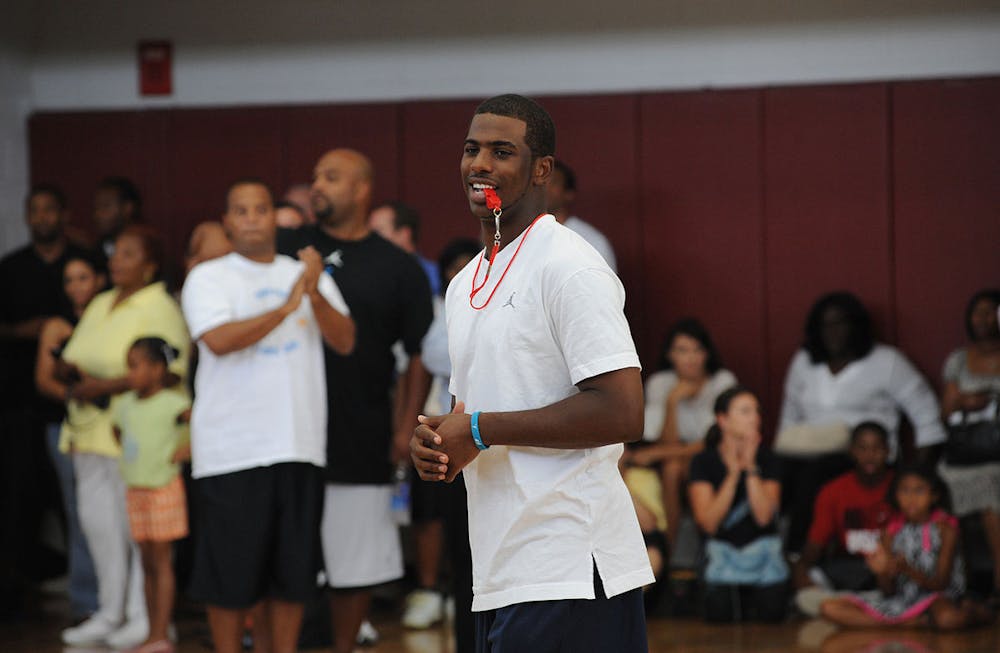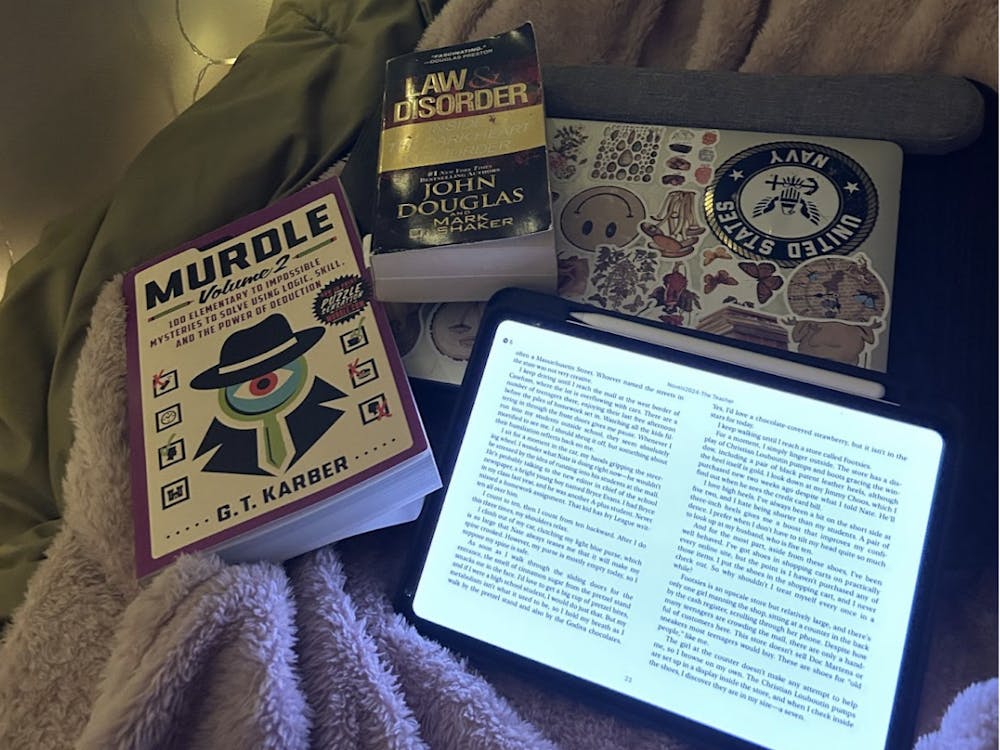
Over the summer, the National Basketball Association (NBA) was able to continue playing its season during the COVID-19 pandemic thanks to its innovative “bubble” approach. The experiment was a resounding success, as it ran from July to October without recording a single case of COVID-19. At the time, public health officials and fans alike viewed the NBA as a model for how to responsibly run a sports league during this public health crisis.
But now, only a few months after the end of the bubble, the NBA is dealing with positive tests, game postponements and major public health concerns, just like every other major sports league. It seems as though the NBA didn’t learn anything from its own experiment.
Every week, the NBA posts the number of new positive cases among the approximately 500 players in the league. Lately these numbers have been in the double digits. And these numbers don’t even include staff or other affiliated employees. Compared to the incredible feat of going months without a single case, this season’s spread of COVID-19 is unacceptable.
This begs the question: What was the long-term goal of the NBA bubble? Was it simply an experiment that turned out to be too expensive? Was it trying to ease the public into accepting the risks associated with holding sports? Either way, it’s clear that player safety is no longer the top priority of Commissioner Adam Silver and the league’s team owners.
Earlier in January, the Philadelphia 76ers took the proper precautions necessary when they found out one of their players contracted COVID-19. The 76ers pulled five of their players out of the active roster due to COVID-19 protocols, and due to injuries, many of their other players were inactive as well. Nevertheless, Silver decided the team would have to play its next game or forfeit.
Despite the objections of Philadelphia coach Doc Rivers, the game went on. Rivers activated one of his injured players so the team had the minimum of eight players necessary to avoid forfeiting. The 76ers lost the game by 12 points with three players playing over 40 minutes. If the league expects teams to take COVID-19 seriously, these types of decisions cannot go on.
If a team knows it will be at such a disadvantage due to COVID-19 procedures, they might be willing to muddle the contact tracing a bit to keep one or two more players active. While I hope something like that wouldn’t happen, the NBA knew what it was getting into this season, so it is unclear why they were unwilling to make reasonable accommodations in this case. And because COVID-19 concerns are already high, players shouldn’t have to deal with the additional risks of playing 40 minutes per game or being activated while they are rehabbing.
Despite all this, the NBA is now floating the idea of having an in-person All-Star Game in Atlanta, Ga. All the while, a whopping 21 games have been postponed in January alone due to COVID-19-related issues. The fact that the NBA is even considering bringing players and coaches from all different teams to one location is disappointing, considering the league was the poster child for COVID-19 preparedness only a few months ago.
What’s even more ironic is that the NBA’s development league, the G League, will be playing its season in the Orlando Bubble. While I’m happy about this, I can’t help but wonder why the G League is being held in a bubble while the NBA is not. I guess the answer is obvious, though: The NBA makes more money. No one would pay to see a G League game in person right now, but a lot of people would take the risk to see an NBA game at their home arena. Once again, despite what Silver says, the NBA’s top priority is not player safety.
Even if the players consented to this, they are members of their local community, and they can spread the virus to those communities, just as anyone else can. This is especially worrisome when we have been seeing videos of NBA superstars Kyrie Irving and James Harden attending large parties. In the end, the NBA is putting money not only ahead of its employees but also ahead of the communities it profits off.
Some critics have floated the idea of canceling the season if COVID-19 cases continue to rise. Maybe that’s not necessary. But what is necessary is serious reflection. The NBA needs to reorder its priorities; they must put safety first, at least for the duration of the pandemic, and recognize that they have the power to operate with nearly zero risk. As we continue to learn more and more about COVID-19 and its transmission, some level of risk has become acceptable. Nevertheless, a sports league is not an incredibly essential business, especially when so many of its shareholders would fare just fine without another season’s profit.





